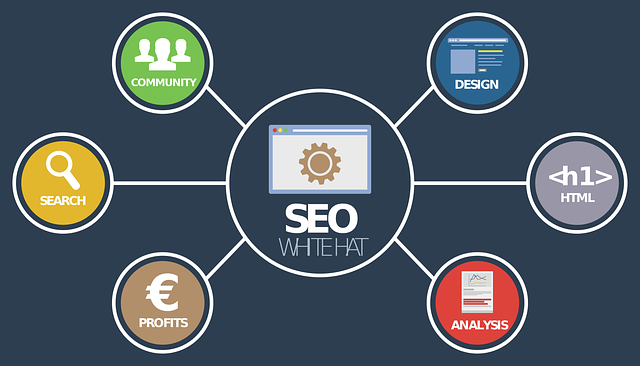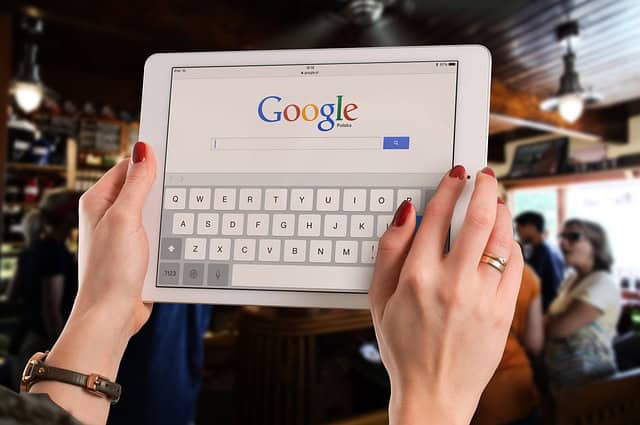-By: Bhavisha Changrani
In the ever-evolving landscape of digital marketing, influencer collaborations have become a cornerstone of successful brand strategies. However, the terms “influencer partnerships” and “sponsorships” are often used interchangeably, despite representing different approaches to influencer marketing. To help brands navigate these options, it’s essential to understand the distinctions and implications of each. This article explores the unique characteristics, benefits, and potential drawbacks of influencer partnerships versus sponsorships, offering insights to guide your decision-making process.

Understanding Influencer Partnerships
Influencer partnerships are characterized by their collaborative and often long-term nature. These relationships go beyond one-off promotions, aiming to create a deeper, more integrated connection between the brand and the influencer.
1. Long-Term Collaboration
One of the defining features of influencer partnerships is their long-term focus. Brands and influencers work together over extended periods, sometimes years. This extended engagement allows for a more authentic representation of the brand within the influencer’s content. Over time, this ongoing relationship can foster stronger brand loyalty and recognition among the influencer’s audience.
2. Co-Creation of Content
In partnerships, both the brand and the influencer typically engage in joint content creation. This collaboration ensures that the content not only aligns with the brand’s messaging but also resonates with the influencer’s personal style and audience. This co-creation process often results in more genuine and engaging content, as it reflects a seamless blend of both parties’ inputs.
3. Authentic Integration
Because of the sustained nature of partnerships, the content tends to integrate the brand’s products or services more naturally into the influencer’s daily life. For instance, if a fitness influencer partners with a sportswear brand, the influencer might feature the brand’s products in regular workout videos or daily routines, making the promotion feel less forced and more organic.

4. Example: Nike and Athletes
A prime example of a successful influencer partnership is Nike’s ongoing collaboration with high-profile athletes like LeBron James and Serena Williams. These partnerships are not limited to single campaigns but are part of long-term relationships that see these athletes regularly promoting Nike’s products through various channels.
Exploring Sponsorships
Sponsorships, in contrast, are typically shorter-term and more transactional. This approach involves a brand paying an influencer to promote a specific product or service, often tied to a particular campaign or event.
1. Short-Term Focus
Sponsorships are generally short-term and tied to specific promotional events or product launches. For example, a brand might sponsor an influencer to promote a new product release or a seasonal sale. This short-term nature can be advantageous for campaigns that need immediate visibility or a quick boost in engagement.
2. Defined Deliverables
In a sponsorship, the brand usually sets clear expectations and deliverables for the content. This might include specific messaging, formats, or key performance indicators (KPIs). This clarity helps ensure that the sponsored content meets the brand’s promotional objectives, but it can also result in content that feels more commercial.
3. Paid Promotion
Sponsorships involve direct financial compensation for the influencer’s promotion of the brand. While this can ensure that the brand’s key messages are communicated effectively, it often lacks the deeper, ongoing engagement found in partnerships. The content produced in sponsorships is typically focused on immediate promotional goals rather than long-term brand building.
4. Example: Beauty Product Launches
An example of a sponsorship might be seen in the beauty industry, where a cosmetics company pays an influencer to create content around a new makeup product. This type of sponsorship is often focused on generating buzz and driving sales within a specific timeframe.
Comparing Influencer Partnerships and Sponsorships
To make an informed decision between influencer partnerships and sponsorships, consider the following key differences:
1. Duration and Engagement
Influencer partnerships offer a more extended engagement, fostering deeper relationships and more authentic content. Sponsorships, being shorter-term, focus on immediate promotional needs and can provide quicker results but may not build long-term brand loyalty.
2. Content Authenticity
Partnerships often result in more organic and integrated content, as influencers are more involved in the campaign’s development. Sponsorships, while effective for targeted promotions, may produce content that feels more commercially driven.
3. Flexibility and Control
Partnerships offer greater flexibility for content creation and strategy, allowing for a collaborative approach. Sponsorships provide brands with more control over the content’s messaging and presentation, ensuring alignment with specific campaign objectives.
4. Investment and ROI
Influencer partnerships typically require a higher investment in terms of time and resources but can yield a higher return on investment through sustained audience engagement. Sponsorships, on the other hand, may deliver quicker results but might not have the same long-term impact on brand perception.

Selecting the Right Approach for Your Brand
The choice between influencer partnerships and sponsorships depends on several factors, including your brand’s objectives, budget, and desired outcomes.
– Campaign Goals
Define your goals clearly. If you aim for a long-term relationship and deeper engagement, influencer partnerships may be more suitable. For immediate promotional boosts, sponsorships might be the better option.
– Budget Considerations
Evaluate your budget to determine which approach offers the best value for your investment. Partnerships often require a more significant financial and time commitment.
– Audience Engagement
Consider how each approach will impact your audience. Partnerships often lead to higher engagement due to their authenticity, while sponsorships are effective for driving immediate action.
– Content Authenticity
Decide how important it is for the content to feel natural and integrated. Partnerships generally provide more authentic content, whereas sponsorships are more focused on clear promotional messages.

Conclusion
Influencer partnerships and sponsorships each have their unique strengths and can be effective in different contexts. By understanding the differences between these approaches, brands can make strategic decisions that align with their marketing objectives. Whether opting for the long term,authentic engagement of a partnership or the targeted promotion of a sponsorship, the key to success lies in aligning the approach with your brand’s goals and ensuring a mutually beneficial relationship with the influencer.










